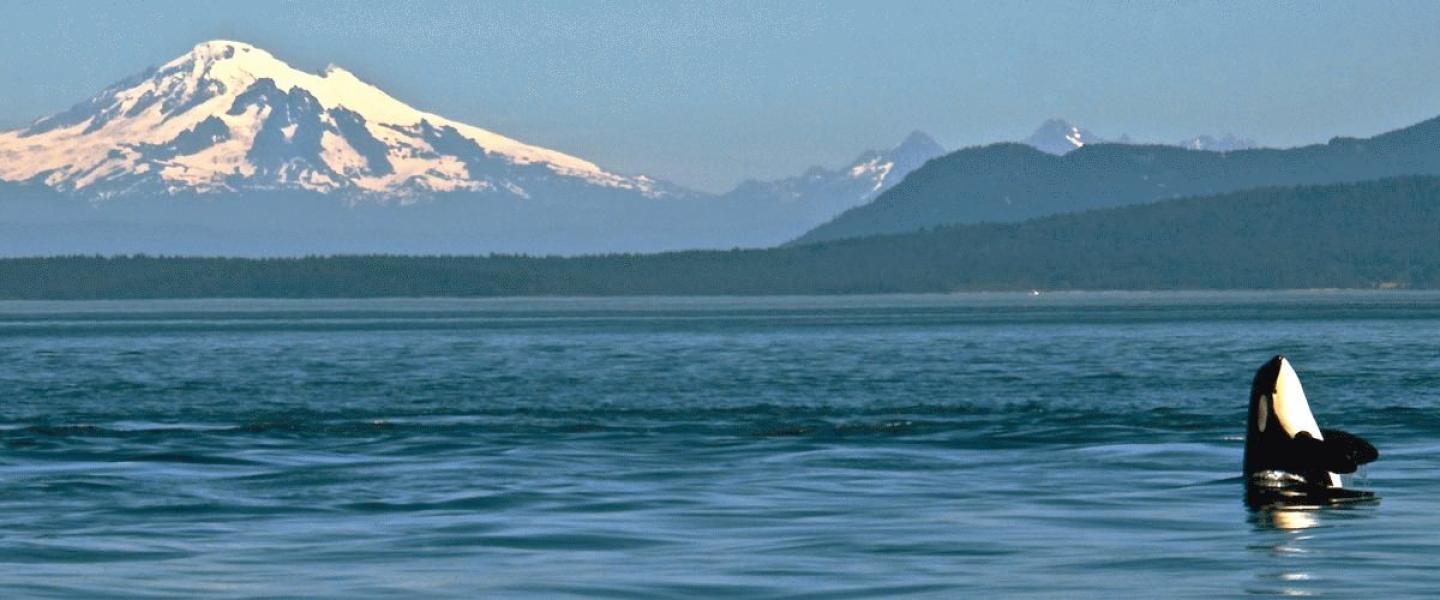
Another day of fun just off the dock here in the San Juans! We took a left out of Friday Harbor and headed north up San Juan Channel. Our first stop was Flathead Island, a protected nature preserve here in the San Juans where we often see a variety of pelagic birds, pinnipeds and intertidal species from the shoreline. During our shuffle along the banks we observed a bald eagle perched atop a tree, its iconic white head contrasted beautifully against the green tree tops. The bald eagle does not get that iconic white head feather coloration until they reach sexual maturity between age 4-5 years old. Whenever we spot an individual bald eagle we always try to scan around for that bird’s bonded pair. Bald eagles mate for life and the pair will care for their young and share nest duties equally, returning to the same nest year after year.
We also spotted some harbor seals along the rocky shoreline basking in the sun and thermoregulating. By the end of our Flathead Island tour we turned our heads (and vessel) southeast towards Jones Island where we received reports of a pod of our mammal-eating ecotype of orca, the Bigg’s Killer Whales.
The family had been identified as the T065As which consists of 6 individuals:
-
T065A (F); b. 1986 “Artemis”
-
T065A2 (M); b. 2004 “Ooxjaa”
-
T065A3 (M); b. 2007 “Amira”
-
T065A4 (F); b. 2011 “Ellifrit”
-
T065A5 (M); b. 2014 “Elsie”
-
T065A6 (F); b. 2017 “Callisto”
From 200 yards away we watched in excitement as the family splashed at the shore of Jones Island, tail flukes thrashing above the water. It seemed the group was foraging for one of their favorite foods here in the Salish Sea, the harbor seal. The scene was a great reminder of just how coastal this ecotype of orcas are.
After a tour of the Wasp Islands, we headed south in San Juan Channel back to Friday Harbor. Lucky for us, the T65As had joined the T77s on a tour south through the channel right outside of the harbor, giving us one last glimpse before heading home! Captain Michael ended our trip by reflecting to the group how special it is for him to see this pod and growing family in the T65As over the last two decades. What a privilege we have the get to know and learn more about these amazing mammals every day!